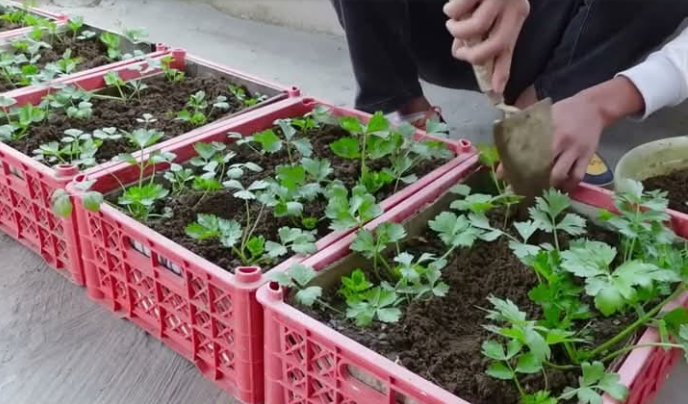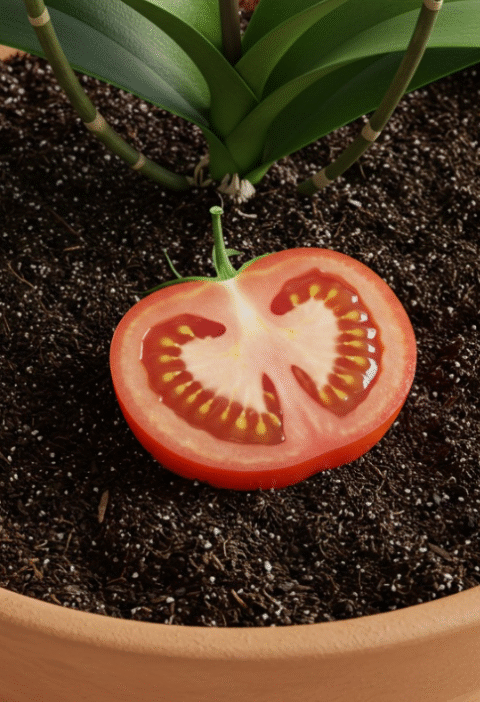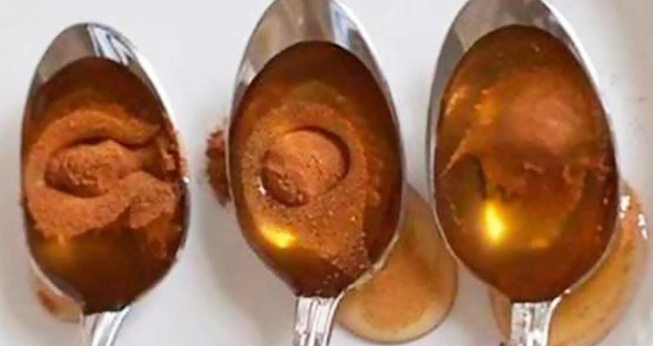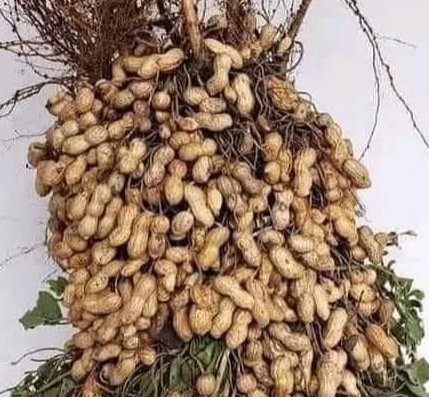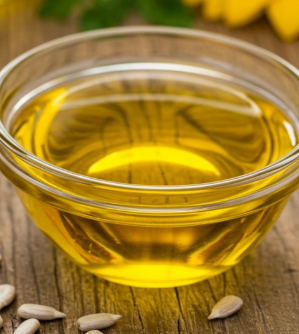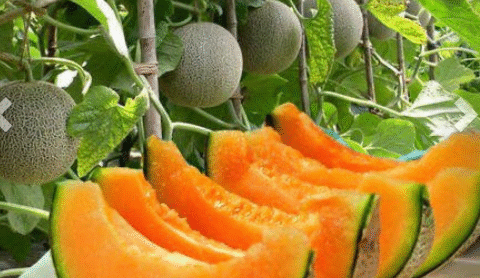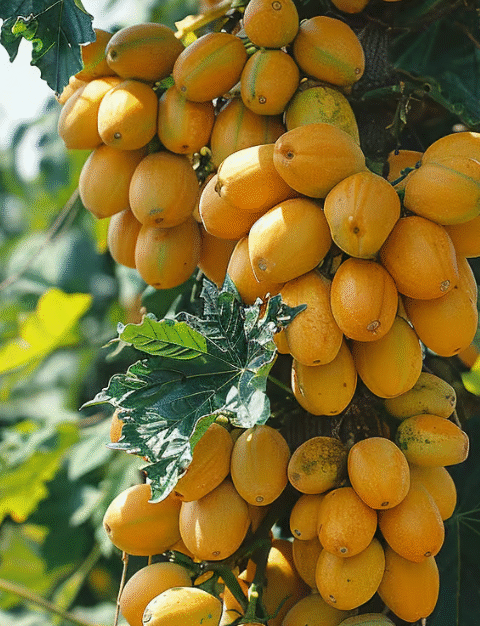Leaf Propagation Magic: 8 Houseplants You Can Grow from a Single Leaf 🌿
Embarking on a journey of houseplant propagation is not only a fun indoor gardening hobby but also a sustainable and cost-effective way to expand your green collection. Many common houseplants have the remarkable ability to regenerate from just a leaf—turning even the smallest cutting into a flourishing new plant.
In this detailed guide, we’ll explore popular houseplants that can be propagated from leaves, complete with step-by-step instructions and expert tips to boost your success rate. Ready to grow your indoor jungle? Let’s dive in! 🌱
Why Propagate Houseplants from Leaves?
- Cost-Effective: Multiply your plant collection without buying more.
- Sustainable: Reuse clippings and reduce plant waste.
- Educational: Learn plant biology and growth cycles.
- Rewarding: Witness a single leaf evolve into a vibrant plant.
1. Spider Plant (Chlorophytum comosum)
Propagation Method:
Spider plants develop “pups” or offshoots at the ends of their arching stems. These pups are ideal for propagation.
Growing Tips:
- Use a sterilized knife to remove pups from the parent plant.
- Plant pups in moist, well-draining soil.
- Keep in bright, indirect light and water when the soil is slightly dry.
Bonus Fact: Spider plants purify the air by removing carbon monoxide and other toxins.
2. Snake Plant (Sansevieria trifasciata)
Propagation Method:
Snake plants can be propagated from rhizome divisions or leaf sections. Cut a healthy leaf into 2-3 inch pieces and plant them upright in soil.
Growing Tips:
- Allow cuttings to dry for 1–2 days before planting.
- Use a cactus or succulent soil mix.
- Water sparingly to avoid rot; tolerate low to bright indirect light.
Bonus Fact: Snake plants emit oxygen at night, making them perfect for bedrooms.
3. Jade Plant (Crassula ovata)
Propagation Method:
Jade plants can regrow from a single leaf or a stem cutting. Let the leaf callous before placing it on soil.
Growing Tips:
- Use a succulent or cactus soil mix.
- Allow soil to dry completely between waterings.
- Bright, indirect sunlight promotes vigorous growth.
Bonus Fact: Jade plants are traditional symbols of good fortune and prosperity.
4. African Violet (Saintpaulia)
Propagation Method:
Take a healthy leaf with 1–2 inches of stem, dip in rooting hormone, and plant in moist soil.
Growing Tips:
- Use an African violet potting mix.
- Keep soil evenly moist and avoid water contact with leaves.
- Provide consistent bright, indirect light.
Bonus Fact: African violets can bloom year-round with proper care.
5. Begonia (Various Varieties)
Propagation Method:
Cut leaves into sections, each with a visible vein, and press into moist soil.
Growing Tips:
- Use a humidity dome or plastic cover to retain moisture.
- Keep in a warm, bright, and indirectly lit location.
- Mist lightly to maintain high humidity.
Bonus Fact: Begonias are admired for their colorful flowers and ornate leaves.
6. Pothos (Epipremnum aureum)
Propagation Method:
Use a 4–6 inch stem cutting with a few leaves. Root in water or directly in soil.
Growing Tips:
- Change water every few days if rooting in water.
- Plant in well-draining potting mix once roots form.
- Low-maintenance; thrives in various light levels.
Bonus Fact: Pothos is one of the easiest and fastest houseplants to propagate.
7. Philodendron (Various Varieties)
Propagation Method:
Take a cutting with at least one node and one leaf. Place in water or directly in moist soil.
Growing Tips:
- Change water weekly to prevent stagnation.
- Bright, indirect light encourages fast root development.
- Keep humidity levels moderate for optimal growth.
Bonus Fact: Philodendrons are top-rated for removing indoor air pollutants.
8. Kalanchoe (Various Varieties)
Propagation Method:
Leaves can be removed, dried for 2–3 days, and placed on moist soil to root.
Growing Tips:
- Use a well-draining succulent mix.
- Provide plenty of bright, indirect sunlight.
- Water only when the soil is completely dry.
Bonus Fact: Kalanchoes produce clusters of cheerful, long-lasting flowers.
Tips for Successful Leaf Propagation 🌿
- Sterilize Tools: Always use clean, sharp scissors or knives to avoid infection.
- Pick Healthy Leaves: Avoid damaged or diseased cuttings.
- Maintain Moisture: Keep soil lightly moist—not soggy.
- Provide Indirect Light: Bright, filtered sunlight encourages root growth.
- Be Patient: Some cuttings may take weeks or months to establish.
- Use Rooting Hormone: Optional but helpful for speeding up rooting.
Propagation Comparison Table 🪴
| Plant | Method | Light Needs | Root Time |
|---|---|---|---|
| Spider Plant | Pups | Bright Indirect | 2–3 weeks |
| Snake Plant | Leaf Cuttings | Low to Bright Indirect | 3–6 weeks |
| Jade Plant | Leaf/Stem | Bright Indirect | 2–4 weeks |
| African Violet | Leaf | Bright Indirect | 3–5 weeks |
| Begonia | Leaf Sections | Bright Indirect | 3–6 weeks |
| Pothos | Stem Cuttings | Bright Indirect | 2–3 weeks |
| Philodendron | Stem/Leaf | Bright Indirect | 2–4 weeks |
| Kalanchoe | Leaf | Bright Indirect | 3–5 weeks |
10 Frequently Asked Questions (FAQs)
- Can all houseplants be propagated from leaves?
No—only certain species like succulents and a few foliage plants can be leaf propagated. - Do I need to use rooting hormone?
It’s optional but can speed up the process and improve success rates. - How long does propagation take?
Typically 2–6 weeks depending on plant and conditions. - Should I propagate in water or soil?
Both methods work—succulents prefer soil, while vines like pothos root well in water. - How do I know if my leaf is rooting?
Check for resistance when gently tugged, or visible root tips if propagating in water. - Why is my cutting rotting?
Too much moisture or poor drainage. Let cuttings callous before planting and avoid overwatering. - Can I propagate during winter?
Yes, but it may be slower due to reduced light and temperatures. - How often should I water propagated cuttings?
Keep soil lightly moist—not soaked. Water once it starts to dry out. - Is it better to propagate in a greenhouse?
High humidity helps but isn’t required. Use a plastic dome or bag to mimic greenhouse conditions. - When should I transplant the rooted cutting?
Once roots are 2–3 inches long and stable, transplant into its permanent pot.
Final Thoughts
Leaf propagation is a beautiful blend of science and art. By learning how to regrow plants from leaves, you not only save money but also experience the joy of watching life bloom from a single piece. Whether you’re a beginner or a plant pro, propagating houseplants adds another layer of fulfillment to your indoor gardening adventure. 🌿✨
Ready to try it out? Pick your favorite plant, snip a leaf, and start growing today!
